Introduction
Over the centuries Sanskrit literature has stood witness to a variety of responses from readers across the world. There have been ‘innocent’ readers who showered genuine praise, often without highlighting what appealed to them. There have also been critics who dissected its poetry with all sorts of tools—political, sociological, economic and the like—and doled out half-baked opinions in pontifical tones. They derided Sanskrit literature as being elitist and idealistic that is blind to the problems of the world. Sample this piece by A B Keith, a succinct summary of his idea of a typical Sanskrit poet:
“They live moreover in a world of tranquil calm, not in the sense that sorrow and suffering are unknown, but in the sense that there prevails a rational order in the world which is the outcome not of blind chance but to the actions of man in previous births. Discontent with the constitution of the universe, rebellion against its decrees, are incompatible with the serenity engendered by this recognition by all the Brahmanical poets of the rationality of the world order. Hence we can trace no echo of social discontent; the poets were courtiers who saw nothing whatever unsatisfactory in the life around them.[1]”
Why question tranquility? To seek reconciliation between differences at all levels of existence is the cherished Indian ideal. Dharma, the ethic of synthesis and compromise, works to achieve this end. As evident from the above statement, dharma is not only found unsatisfactory, but also deemed unnecessary by several western scholars. Although this has been a frequently rehashed subject in Indic discourse, its essence does not seem to have entered the mainstream. Indian view of poetry is another gravely misunderstood concept.
Poetry is not a mere imitation of reality; it is a sublimated reoffering of raw emotions. It is a beautiful and suggestive expression (vakrokti) of the poet’s aesthetic delight. The poet points at beauty by capturing its essence in attractive words that are, in their highest reaches, pregnant with suggestion (dhvani). Readers of poetry sift these suggestions through the sieve of appropriateness (aucitya) and are thus endowed with genuine emotion (bhāva). Since these emotions do not stimulate any self-interest, connoisseurs appreciate them at an impersonal level as rasa. Rasa, a shared, universal experience, is the raison d'être of art. This being the case, all considerations that fall outside the purview of aesthetics and do not cater to rasa are peripheral in poetry. It is unfortunate that critics are often blind to this point.
Nobody can refute the fact that poetry, like all human endeavors, is a product of its time. It naturally reflects various facets of the society of which it is a part. There is also incontrovertible evidence to support the fact that there has been social discrimination in India, as has been in most parts of the world. But to search for clues supporting it in poetry, and to hold this against poets, is sheer idiocy.
One could, however, pose pertinent questions such as: Have Sanskrit poets been true to emotions? Are they contemptuous to any section of people?
Yes and no; emphatically.
It is also true that in a world where diversity is the order—with regard to customs, practices, languages, food habits, geography, etc.—commonness is seen at two levels: philosophy and art, the distinction being made for the sake of explanation. At the level of philosophy, it is the innate nature of a person that Vedānta explains as saccidānanda. As far as art is concerned, generality is seen in the citta-vṛttis, the basic human emotions—love, humor, sorrow, anger, zeal, fear, disgust, and astonishment. Emotional incongruence, which is often prompted by spatio-temporal factors, is seen only in small proportions. Ignoring this would be as ludicrous as claiming that a certain set of people are moved to tears when they hear a joke.
Many scholars such as Vasudev Sharan Agrawala[2], Bhagwat Saran Upadhyaya[3], Krishna Kanta Handique[4], and Dharmendra Nath Gupta[5] have done elaborate cultural studies of the works authored by eminent Sanskrit poets, and others still have reconstructed history on the basis of information provided in texts such as Aṣṭādhyāyī[6] and Mahābhāṣya[7]. Professors P K Gode[8], B A Saltore[9], Hazari Prasad Dwivedi[10], V Raghavan[11], and Motichandra[12] have done commendable work in stitching together the cultural history of ancient India. But no work has been attempted to study the social aspect of literary works from the standpoints of aesthetics and stylistics. The present essay is a humble effort in that direction.
Indian Social Scenario
Society in pre-modern India, especially in ancient times, was highly nuanced. It was a scene of order and settlement. People preferred security to change. Since technology was not ubiquitous as it is today, change was gradual. So was the cultivation of skills. People spent most of their time and energy to conserve, consolidate, and perpetuate everything they possessed and cherished. Traditional continuity was held in high esteem and naturally, family values were respected. This was true of times till industrialization took over. One cannot expect to see a great deal of variety in such a social setting. Naturally, the same is reflected in literature.
It was a person-centric society that became community-centric with time; it was not system-centric as is the order today. Since writing materials were hard to procure and printing technology was unheard of, oral transmission became the primary means of handing down heritage. Before fifteenth century CE, restoration of knowledge was possible by writing, etching or engraving on materials such as palm leaves, linen, stone etc. Copying, which became commonplace after the advent of lithograph, was back then arduous. It was an age when mechanization was not prevalent, so the onus was on an individual to learn, internalize, and pass on any skill. Individuals had to be proficient in assimilating knowledge in order to prove their inevitability to the society. And once people gained access to information, they naturally wanted to pass it on to their own families and students, and not to larger groups, a simple reflection of the self-centric human nature. As it took a good amount of time to learn a particular skill and pass it on, hopping from one subject to another was not held in high esteem. Since information was so hard to obtain, it was treated as valuable. With time, it became sacred. Unsurprisingly, restoration was valued more than development.
The society described in many of our Dharmaśāstra texts is by and large ideal and fanciful. While the prescriptive ācāra and prāyaścitta portions have a penchant for exaggeration, the descriptive vyavahāra and daṇḍa portions are closer to reality. Upon close reading of these texts, we understand that practice in society did not religiously follow their dictums. For instance, for the flouting of a norm in ācāra, a prāyaścitta is invariably provided, implying that hardliners were few in society of those times. Our ancients observed society to a minute degree, prescribed rules to establish social order and avoid anarchy as far as possible. But they were never blind to practical possibilities that arise from seeming inconsistencies in human nature. With conservatism comes idealism that is so widely seen in these texts; realism can be realized if we bring to mind that the mundane world is ruled by artha and kāma. Thus, a reconstruction of history based on these texts alone is not reasonable. Dharmaśāstra texts have to be considered vis-à-vis literature.
An allegation commonly levelled against Sanskrit poets is that they do not depict lives of common people. Being preoccupied with people hailing from high societies, they are unsympathetic to the laity; so say the critics. While this claim is not entirely untrue, it is rewarding to examine its causes: Generally speaking, no significant, world-changing activity is possible in the life of the lay. They lead a life of routine. On the flip side, if anything special happens in the life of a layperson, he will no longer be a layperson!
It is also important to note that ‘folk’ literature also deals with extraordinary characters and situations. They do not depict the so-called ‘ordinary.’ This is seen in all parts of the world, across all genres of literature.
The efficacy of literature lies in portraying the interplay of charged emotions. It has to aid a person in discovering far corners of his own emotional space by depicting situations that reveal a facet of human emotion that was until then beclouded. This is the domain of kāma, desire and the enjoyment that comes from its gratification. Artha is the means to fulfill desires. While laypeople have plenty of desires, they do not usually possess proportionate means to fulfill those desires. Thus, they live largely uneventful lives.
It is valuable to understand this in terms of Indian aesthetics: Although laypeople are endowed with primary and transitory emotions, they cannot act upon them for want of resources. In other words, sthāyi and vyabhicāri-bhāvas do not manifest as anubhāvas. Says a well-known adage: “utthāya hṛdi līyante daridrāṇāṃ manorathāḥ,” “Heartfelt desires of the destitute dissolve in their hearts without finding fulfilment.”
Poetry is neither a philosophical disquisition nor a chronicle of everyday affairs. It is a bridge between parā and aparā, the transient and the eternal. Gaining momentum from the former, it points at the latter. A successful work of poetry typically has for its basis the portrayal of two moods—vīra, which falls within the domain of artha, and śṛṅgāra, which belongs to kāma. From the standpoint of the bhāvas that bring about these two rasas, it can be said—śṛṅgāra is highly personal, rahasya, while vīra is not; it is sadasya. If śṛṅgāra is made sadasya it results in vulgarity; making vīra rahasya would result in caricature. In the case of the lay, vīra cannot be effectively portrayed as artha is not available in abundance. This naturally limits the range of poetry. Nevertheless, poets navigate past this problem by employing vakratā, attractive, oblique expression. The topography of India, too, has helped poets weave their magic.
India has been blessed with nature’s bounty. The richness of variety seen in our geography, flora, and fauna is unique. The classic Indian view is to value activity over lethargy, living beings over lifeless entities—i.e. jīva over jaḍa. The climatic condition of our country is conducive to this mindset. Tropical climate supports natural life far better than other forms of climate. With activity comes variety and with it develops an attitude to respect diversity. In such a setting, avenues of creation are seen more than museums. Reenactment is preferred to shelving; progressive evolution is preferred to speedy development. A striking example of this phenomenon is seen in the multifarious works of art and culture that try to emulate, reimagine, recreate and thereby internalize Rāmāyaṇa.
Our ancestors never looked at nature as an enemy. Since survival was not a struggle, they had ample time to observe and contemplate. They observed nature intently and took great pleasure in celebrating life. They never turned a blind eye to the transformative power of happiness. They enjoyed intensely and expressed their enjoyment in ornate ways.
Notes
[1] Keith, A B. A History of Sanskrit Literature. Delhi: Motilal Banarsidass Publishers, 2017 (6th reprint). p.345.
[2] See: Kadambari ek Sāṃskṛitik Adhyayan and Harṣacarit ek Sāṃskṛitik Adhyayan. Also refer: The introduction and elaborate notes in Śṛṅgārahāṭa (co-edited by Motichandra), an annotated edition of the Caturbhāṇi (All in Hindi).
[3] Refer: India in Kālidāsa.
[4] Refer: Somadeva’s Yaśastilaka: Aspects of Jainism, Indian Thought and Culture.
[5] See: Society and Culture in the Time of Daṇḍin.
[6] India as Known to Pāṇini by V S Agrawala.
[7] India in the Time of Patañjali by B S Puri.
[8] See: Studies in Indian Cultural History (in three volumes)
[9] Refer: Social and Political Life in the Vijayanagar Empire.
[10] Refer: Prācīn Bhārat ki Kalātmat Vinod (Hindi).
[11] See: Festivals, Sports and Pastimes of India.
[12] Refer: Sārthavāha (Hindi).

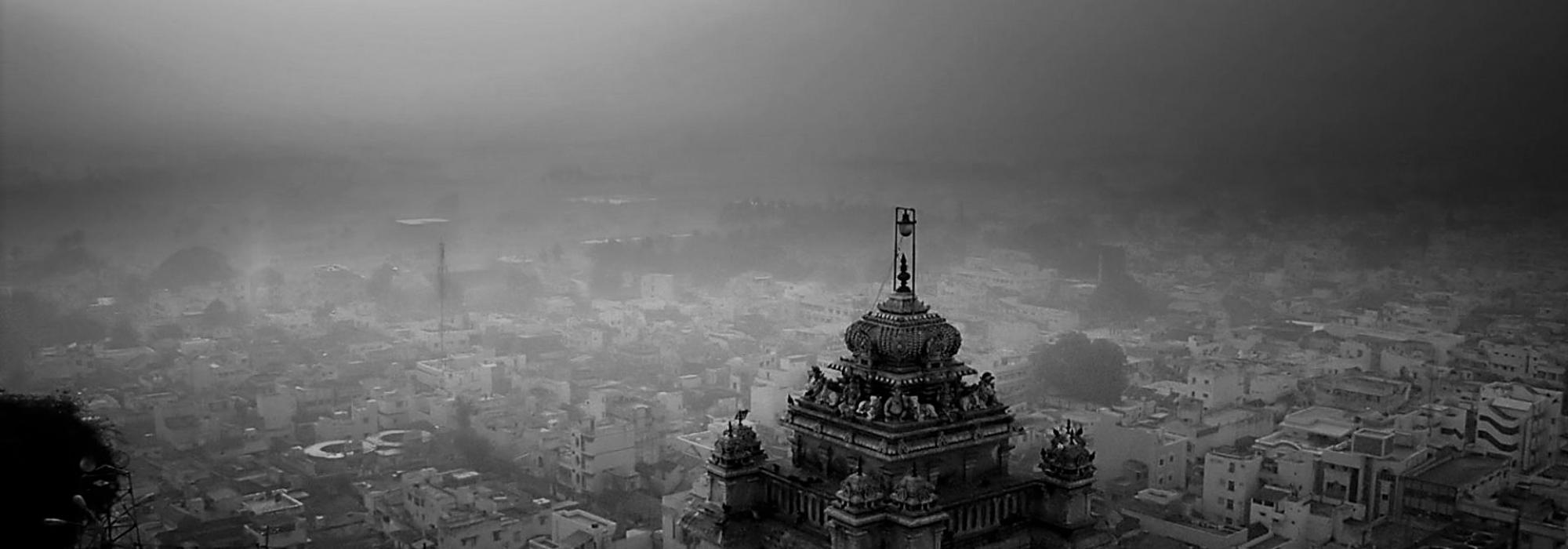


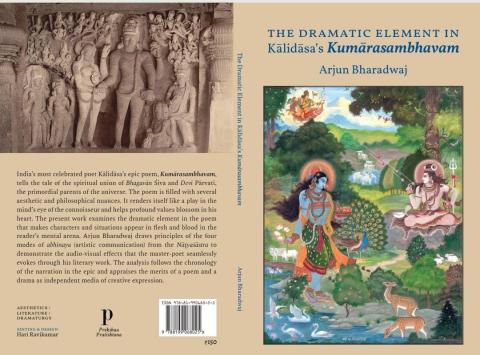
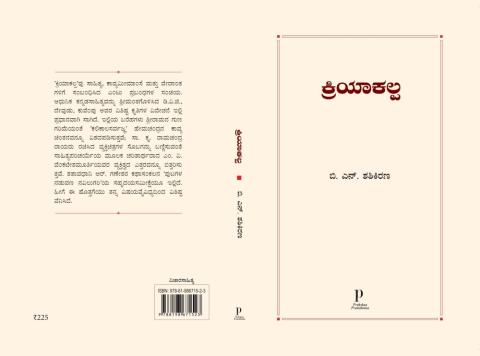
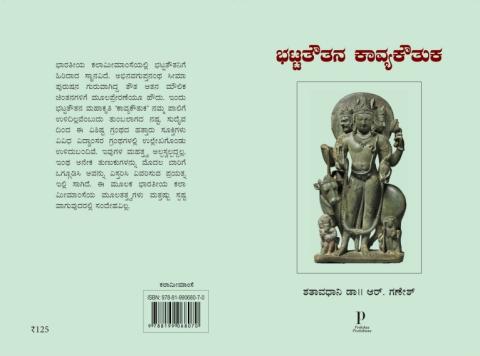
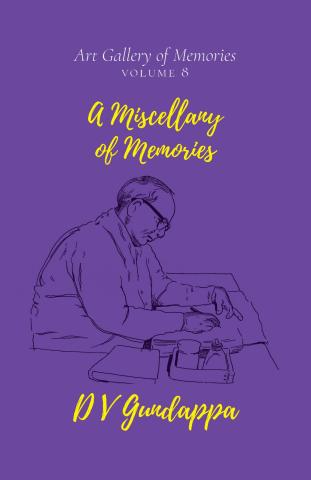
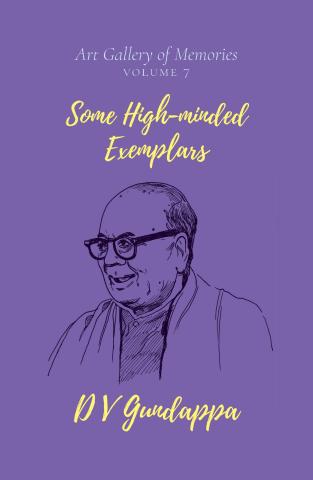
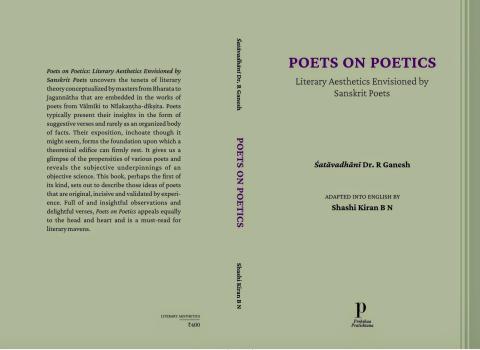

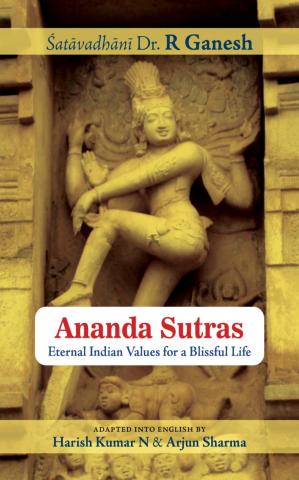


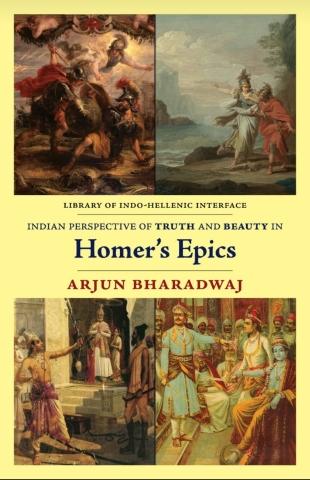
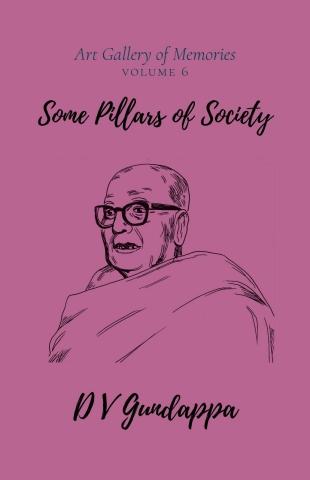
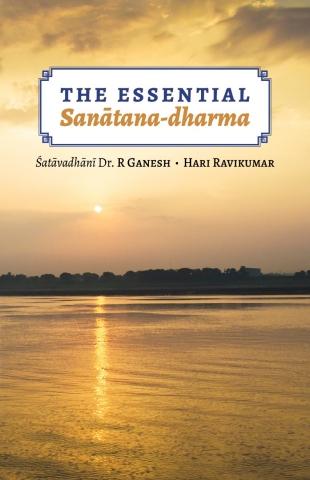
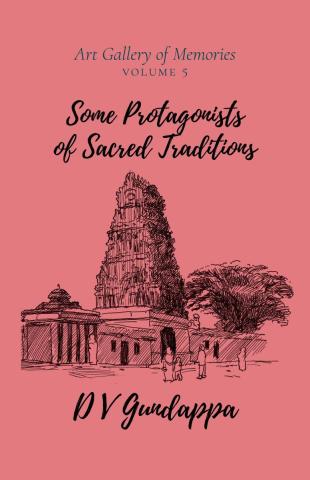
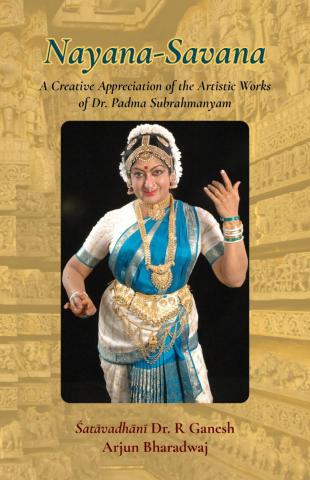
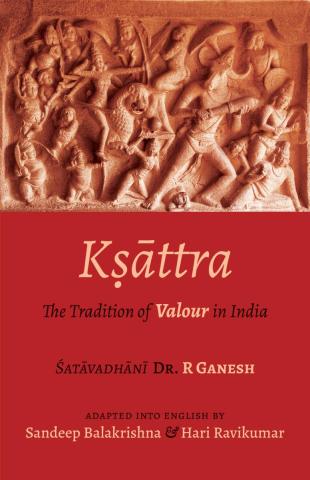
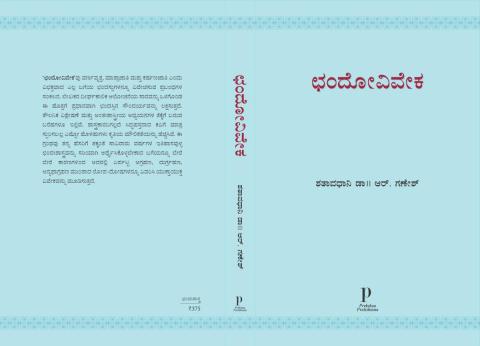
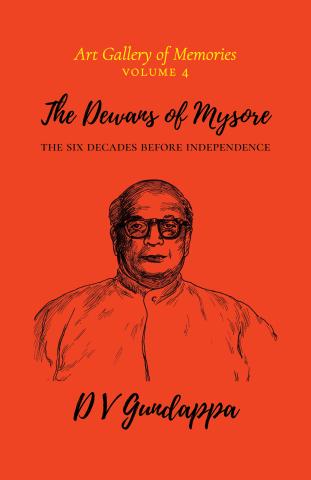
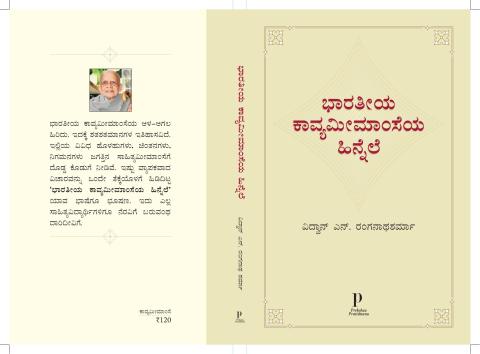
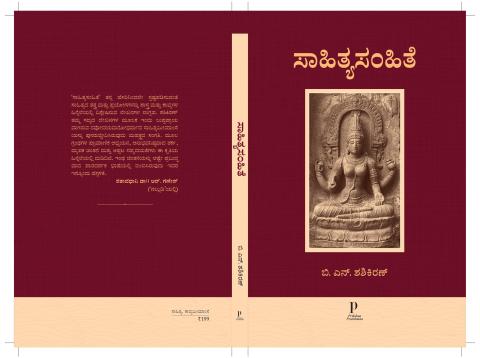
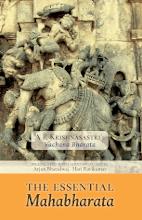
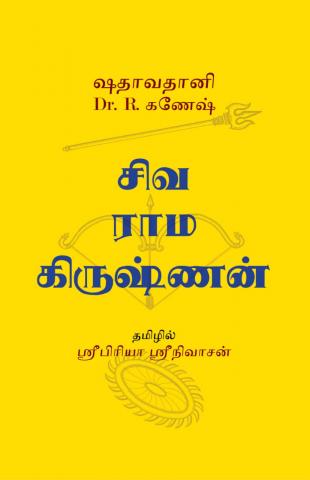
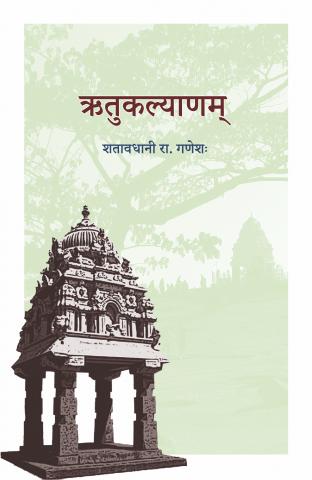
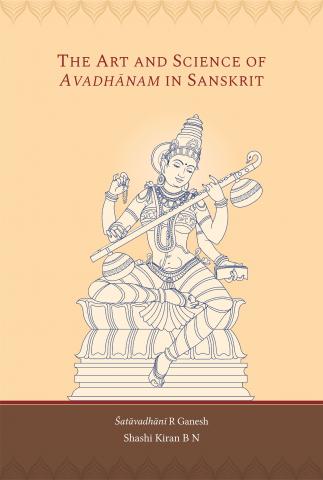
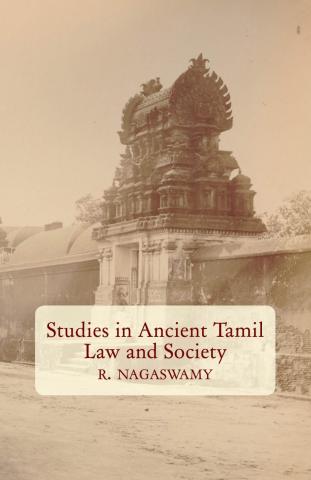
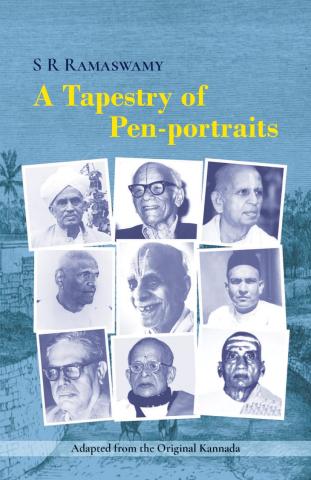
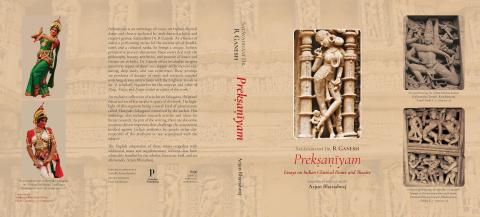
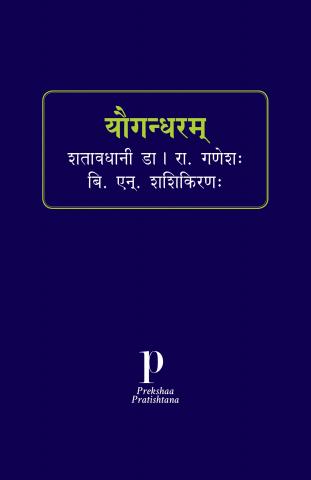
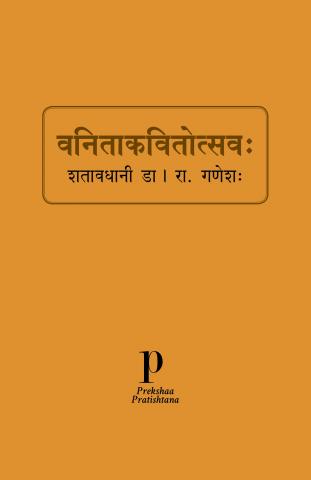
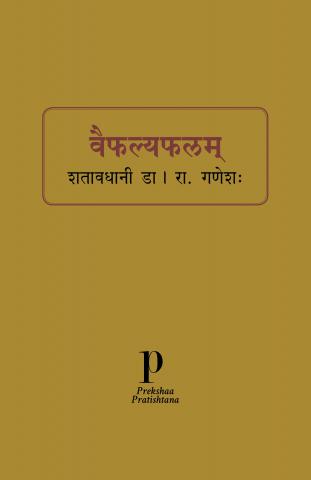
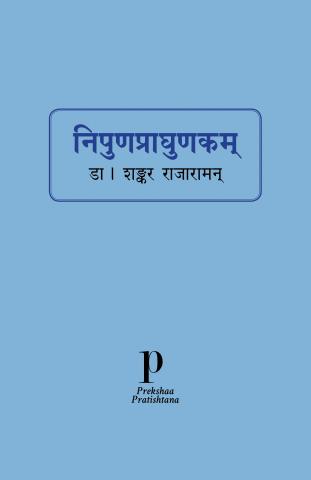

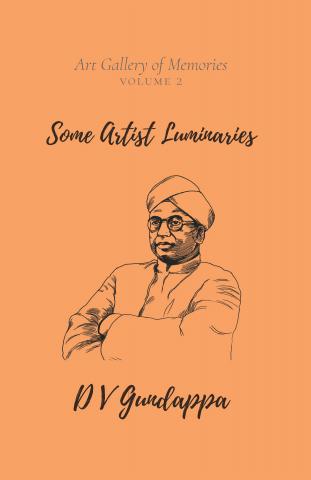
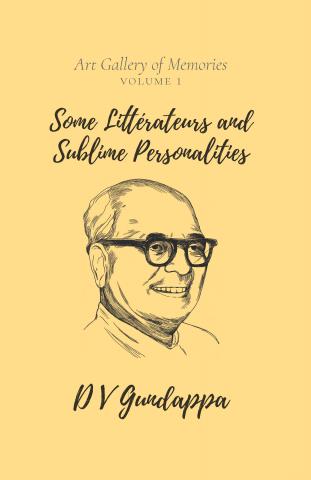

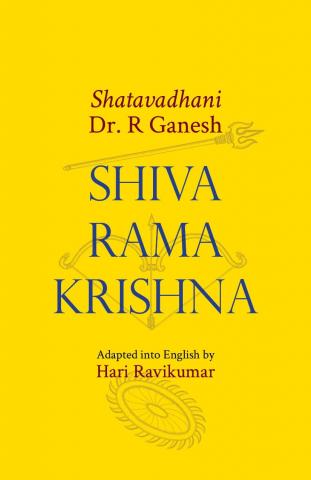
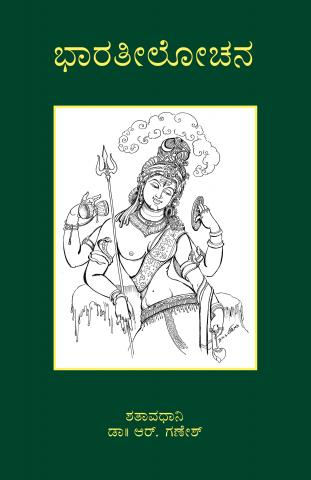
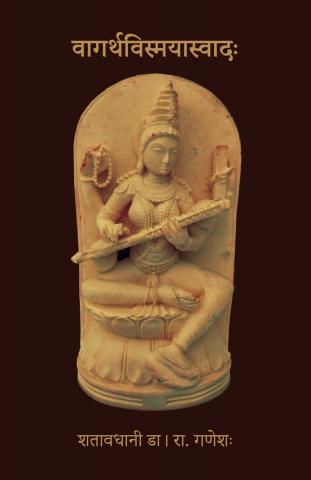
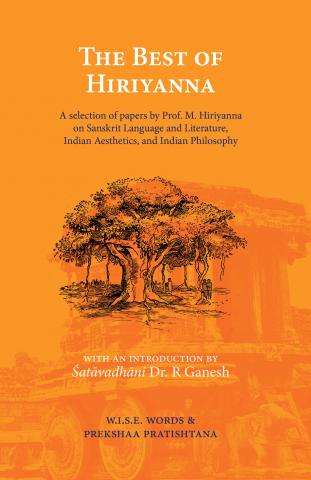
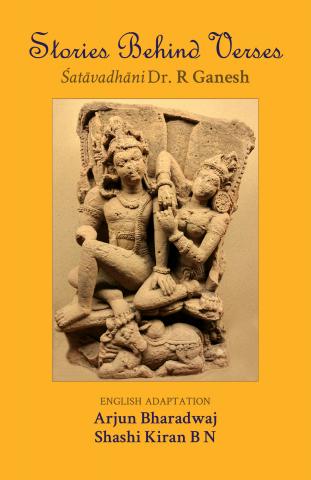

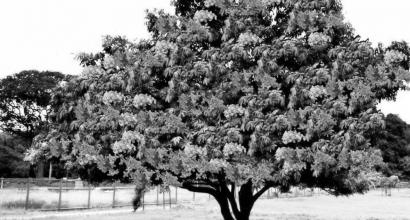
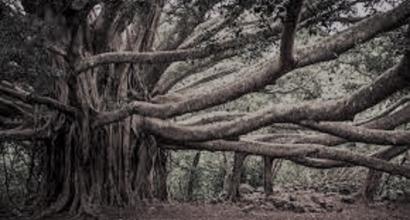
Comments